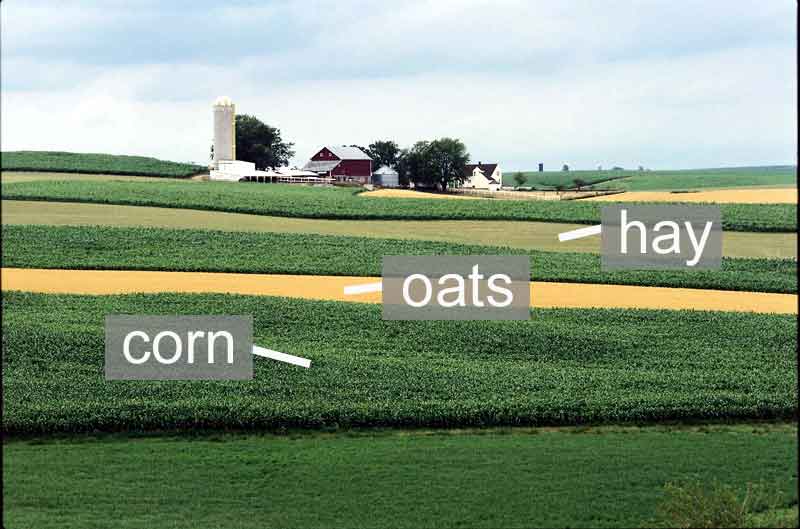3=Numerator==Part of whole
4=Denominator==Whole
Equivalent Fractions have the same value, even though they may look different.
These fractions are really the same:
1/2 = 2/4 = 4/8
Why are they the same? Because when you multiply or divide both the top and bottom by the same number, the fraction keeps it's value.
Here is why those fractions are really the same:
1/2 = 2/4 = 4/8
x2 x2
3 ways to find equivalent fractions:
1. Model
2. Multiply
1/2 = 2/4 = 4/8
x2 x2
What ever you do to the numerator...You do to the denominator.
3. Divide
(simplest form)
(reduce)
4/8 = 2/4 = 1/2
divide by 2
What ever you do to the numerator...You do to the denominator.



